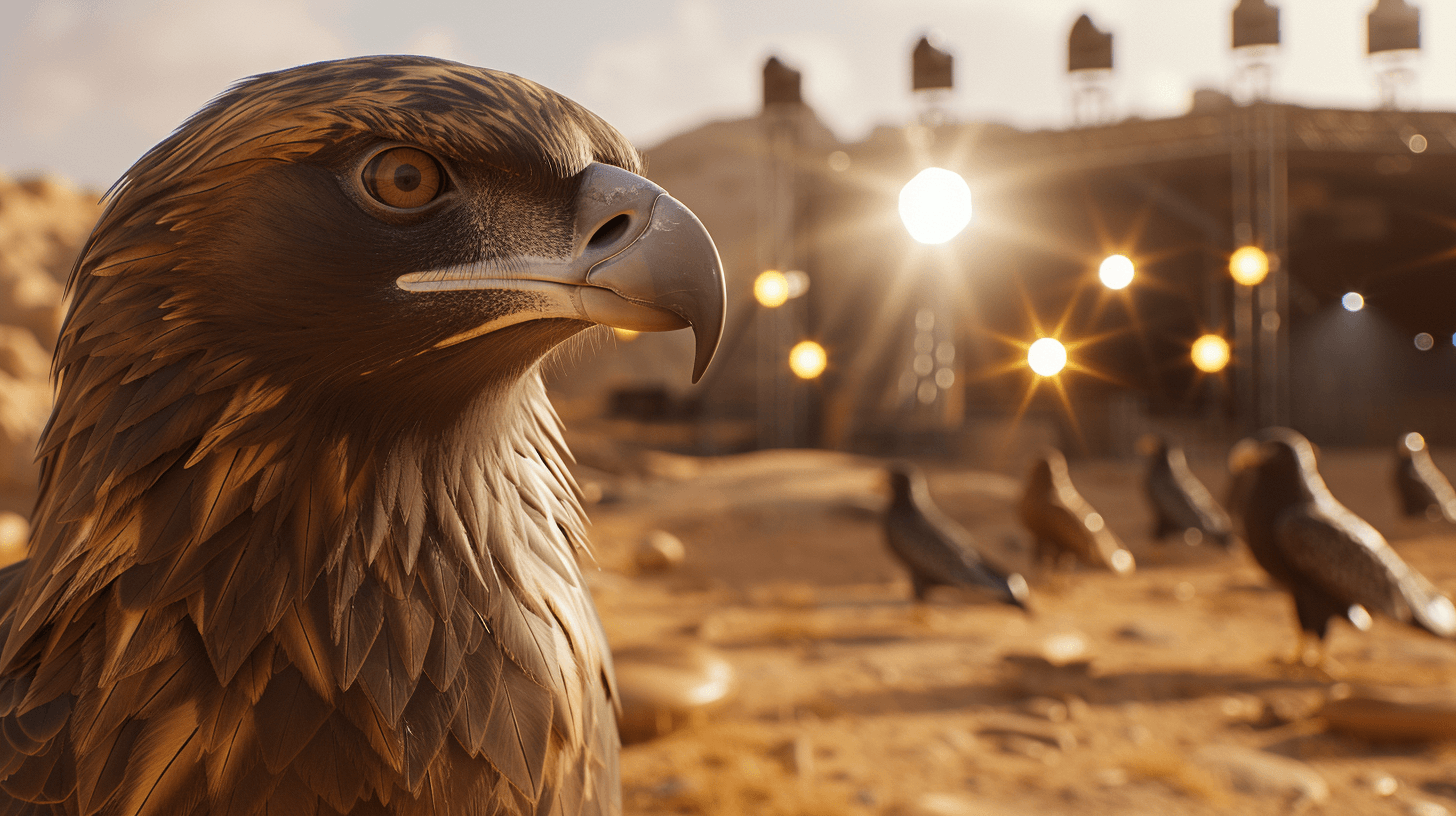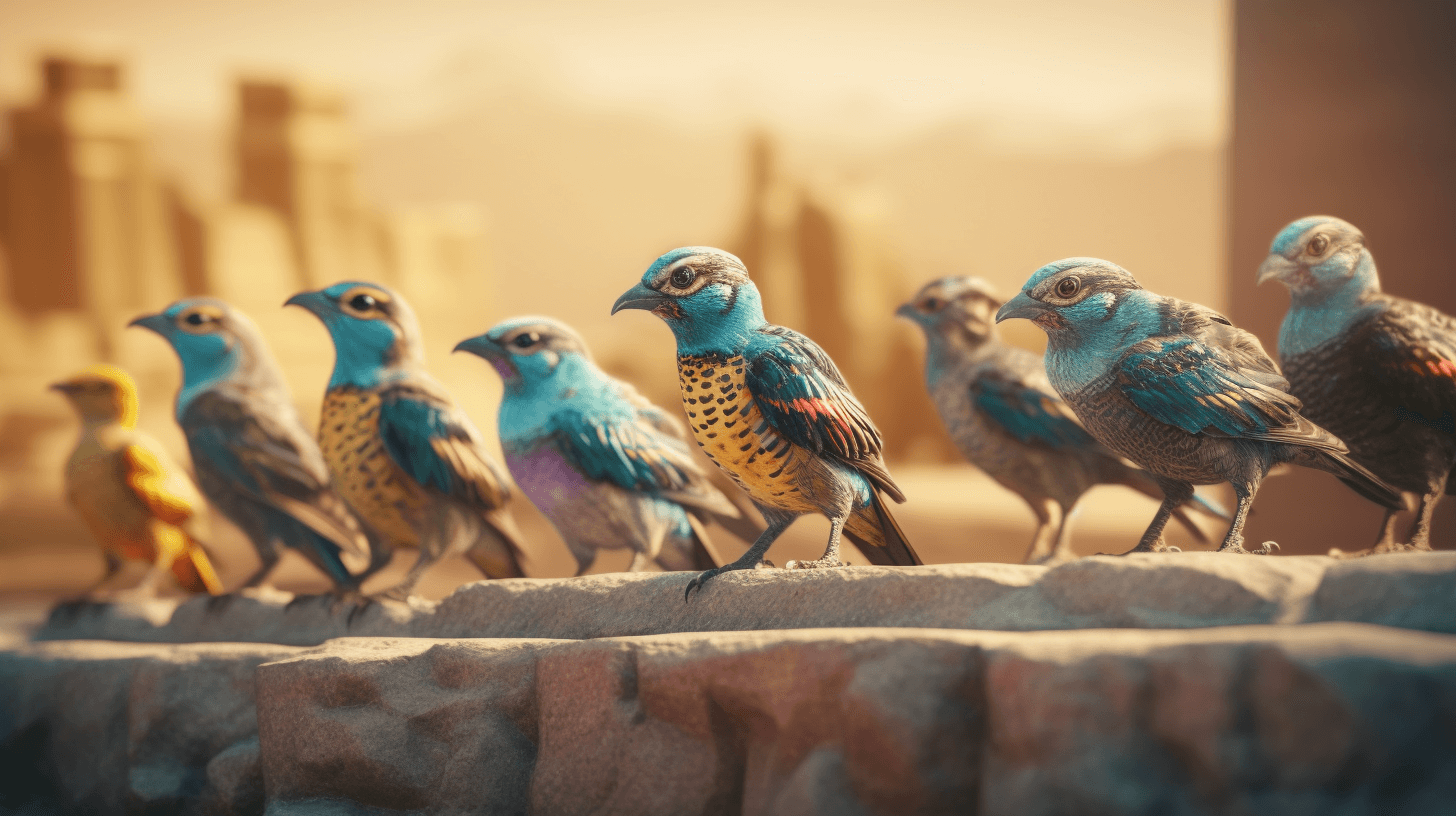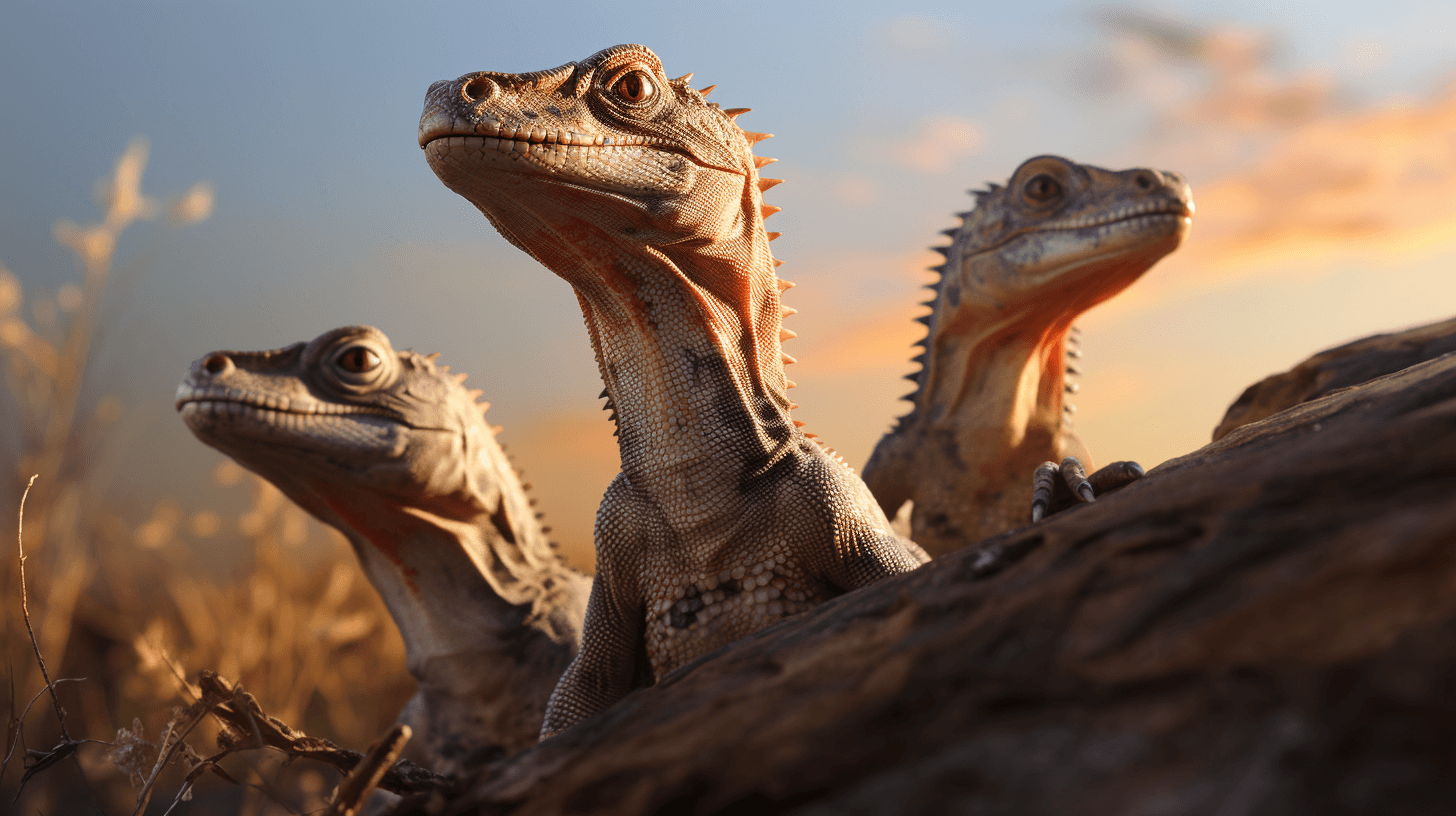🐋 Migrate Like One Boss: Da Wild Kind Kine Animals Finding Hard Fo’ Cruise 🌎✈️
⬇️ Pidgin | ⬇️ ⬇️ English
Eh, you know da kine, every year, when da seasons start fo’ switch up, get choke animals 🐦🐠🐢 all ova da globe dat gotta pack their bags and scoot over miles and miles fo’ grind, find bettah places fo’ chill, or get baby animals. Dey go in groups, solo bolo, flying high 🦅, swimming deep 🐳, crawling 🐜, or just walking 🦌 across all kine borders and different ‘hoods fo’ stay alive, bringing seeds and goodies along da way.
But, ho, brah, get dis big time report from da United Nations, and dey saying us humans making their hustling super hard, even dangerous like. 😱
Da report wen crack open da news dat nearly half of da animals dat already in da hot water, with their numbers going down da drain. Talking about big time travelers like whales 🐋, sea turtles 🐢, apes 🦍, and those songbirds 🎶, more than one-fifth of almost 1,200 kinds dey stay watching is in trouble, like real kine danger of saying aloha ʻoe.
Amy Fraenkel, da big boss for da UN Convention on da Conservation of Migratory Species of Wild Animals, wen throw down some serious talk. She said these critters not only awesome ’cause of their massive treks that blow your mind 🤯, but they also mean plenty moolah 💰 for humans and got choke cultural vibes 🌺.
Dis massive study, da biggest kine ever for checking out da world’s moving animals, wen look see at 1,189 species under protection, trying fo’ figure out if what we doing is pono or just making shaka.
Good news is, get some winnahs 🏆. Wildlife crossings making it easier for da animals fo’ go from here to there without beefing it on roads or getting stuck at fences. Rules in place fo’ stop da naughty hunting and eating too much of da ones kinda running out. And giving more room fo’ roam is helping big time.
But, if we like see da numbers go from minus to plus, da authors of da report stay saying we gotta crank up da volume on these good doings. Gotta go all out, you know?
Dis one just da latest to say, “Eh, we gotta look out for our furry and feathery ohana.” 🌿🐾 A 2019 rap already wen drop da mic saying about 1 million of Mother Earth’s creatures might say bye-bye if we no make a change, all ’cause of how we stay living with too much taking, cutting trees 🌳, making dirty kine stuff, and building all ova.
And da World Wildlife Fund wen share da lowdown in 2022, saying da wild kind life wen take one major hit, dropping 69% in da last 50 years. 😔
So, da kine is, we gotta malama da aina, take care of our planet, so da creatures who make ’em their playground can keep on playing. Let’s not make their journey mo’ hard than it gotta be, yeah? 🌍💚
NOW IN ENGLISH
🐋 Migratory Marvels: Wildlife on the Move Faces Unprecedented Challenges 🌎✈️
Every year, as the seasons shift, billions of animals embark on epic journeys. They migrate in search of food, better habitats, or to breed. Whether in groups or solo, these creatures fly 🦅, swim 🐳, crawl 🐜, or walk 🦌 across countries and continents, playing crucial roles in transporting seeds and nutrients essential for our ecosystems.
However, a significant report by the United Nations highlights a grim reality: human activities are making these migrations increasingly difficult, pushing many species to the brink of danger. 😱
This report reveals that nearly half of the world’s migratory species classified as threatened are seeing their populations decline. Over a fifth of nearly 1,200 monitored species—ranging from whales 🐋, sea turtles 🐢, apes 🦍, to songbirds 🎶—are now facing extinction threats.
Amy Fraenkel, the executive secretary of the UN Convention on the Conservation of Migratory Species of Wild Animals, emphasizes the importance of these journeys. These animals not only perform incredible feats that captivate our imagination 🤯 but also contribute significantly to human economies 💰 and cultural heritage 🌺.
The study, the most comprehensive of its kind, evaluated 1,189 species protected by the Convention on Migratory Species to assess the effectiveness of conservation efforts.
There’s a silver lining, though. Measures like wildlife crossings are proving effective, allowing animals safe passage over roads and past barriers. Legal regulations are curbing poaching and the overconsumption of endangered fish and mammals, while habitat protection initiatives are providing much-needed space for these species to thrive.
Yet, to truly reverse the trend of population declines, the report’s authors argue for a ramp-up in conservation efforts. It’s a call to action for stronger and more expansive measures.
This report joins a growing body of evidence underscoring the urgent need to safeguard our planet’s wildlife. A 2019 assessment warned that 1 million of Earth’s estimated 8 million species could face extinction within decades due to overconsumption, deforestation, pollution, and unchecked development. Similarly, a 2022 World Wildlife Fund report highlighted a staggering average decline of 69% in wildlife populations over the last half-century. 😔
The message is clear: it’s imperative to protect our environment to ensure the survival and flourishing of migratory species. By addressing the challenges they face, we not only preserve the natural beauty and biodiversity of our world but also uphold the ecological balances vital to our own survival. Let’s commit to making their journeys less perilous. 🌍💚







